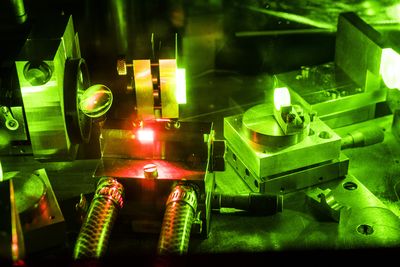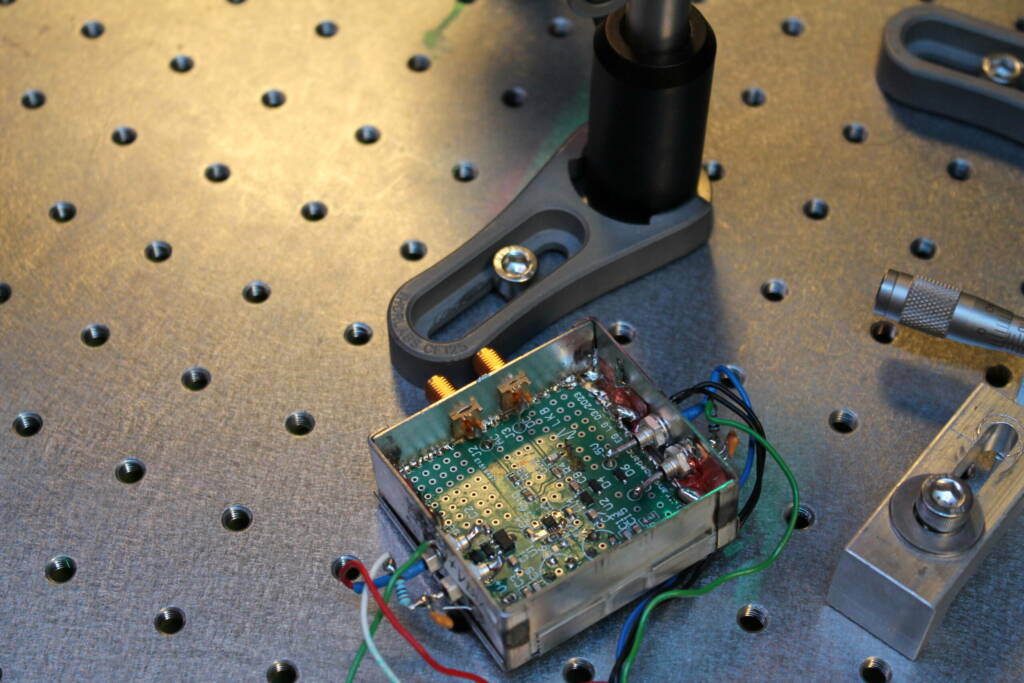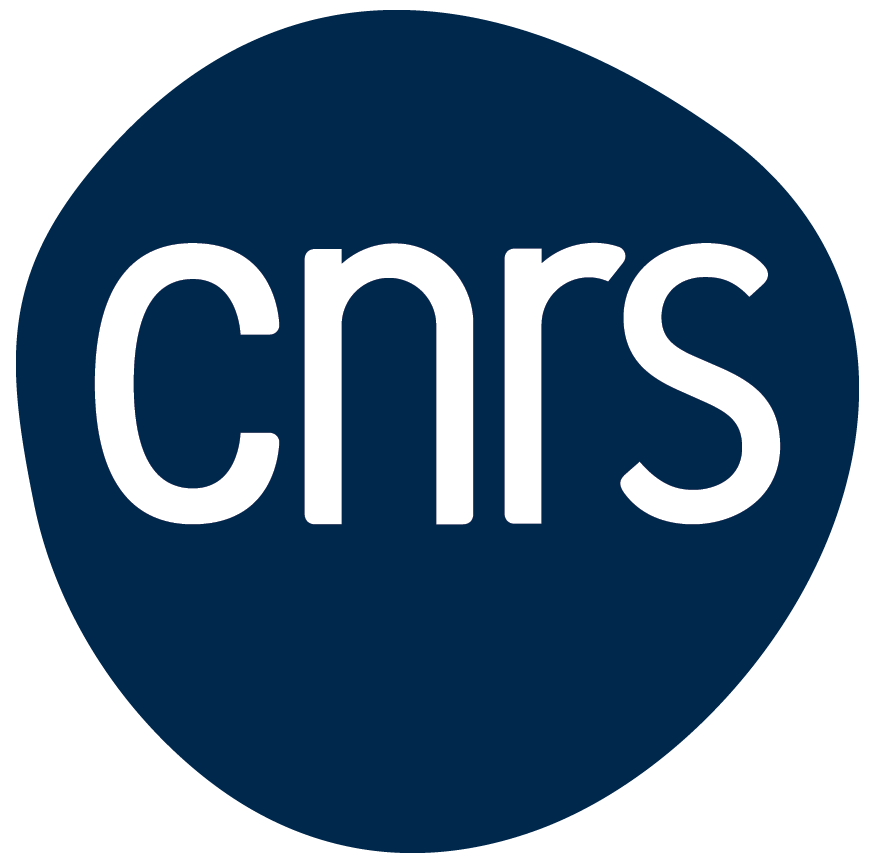After the proton, now the deuteron
Again, the deuteron radius is smaller than expected anfd in good agreement with the proton radius deduced from muonic hydrogen spectroscopy, thus reinforcing the “proton radius puzzle”.

Hydrogen atom is the favorite tool to compare theory and experiments, as it is the simplest atom. Nowadays this test is limited more by the knowledge of the proton charge distribution radius (rp) than by QED calculations or accuracy of laser spectroscopies. In 2009, the spectroscopy of muonic hydrogen has been carried out at Paul Scherrer Institute (Switzerland) by the international collaboration CREMA in which has participated a team of Laboratoire Kastler Brossel. The deduced value of rp disagrees strongly with the previous determinations, especially the one from hydrogen spectroscopy. This so-called “proton puzzle” has triggered a lot of activities far beyond the atomic physics community. Currently there is no satisfactory explanation.
The analysis of the muonic deuterium spectroscopy achieved also in 2009, during the same beam time as muonic hydrogen has been published in Science Journal (Science 353 (2016) 417). In the same manner as for muonic hydrogen, the charge distribution radius of the nucleus can be determined from laser spectroscopy. Energy levels are shifted by nuclear size corrections, which are much larger when the muon replaces the electron around the proton. Again, the “deuteron radius” is smaller than expected anfd in good agreement with the “proton radius” deduced from muonic hydrogen spectroscopy, thus reinforcing the “proton radius puzzle”.
- Pohl, F. Nez, L.M.P. Fernandes, F.D. Amaro, F. Biraben, J.M.R. Cardoso, D.S. Covita, A. Dax, S. Dhawan, M. Diepold, A. Giesen, A.L. Gouvea, T. Graf, T.W. Hänsch, P. Indelicato, L. Julien, P. Knowles, F. Kottmann, E.-O. Le Bigot, Y.-W. Liu, J.A.M. Lopes, L. Ludhova, C.M.B. Monteiro, F. Mulhauser, T. Nebel, P. Rabinowitz, J.M.F. dos Santos, L.A. Schaller, K. Schuhmann, C. Schwob, D. Taqqu, J. F.C.A. Veloso, A. Antognini, Science 353 (2016) 417.
Contact : François Nez
Read also
CNRS Recruitment – Join the LKB
External Recruitment for Researchers (M/F)
Nathan Goldman is among the Highly Cited Researchers
Clarivate list



